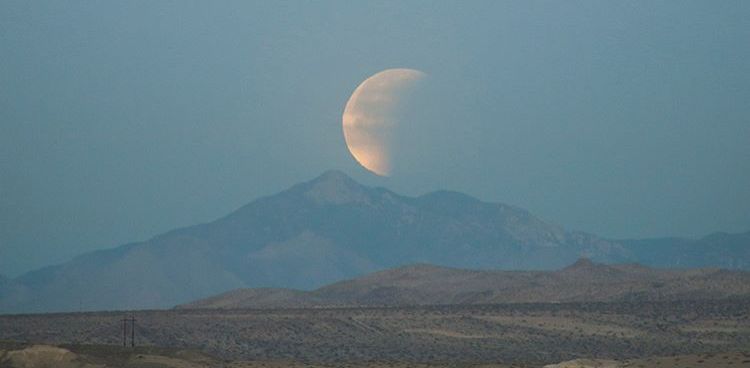
Much of the western United States began the morning with the view of a super blue blood moon total lunar eclipse. This Jan. 31 full moon was special for three reasons: it was the third in a series of “supermoons,” when the Moon is closer to Earth in its orbit – known as perigee – and about 14 percent brighter than usual. It was also the second full moon of the month, commonly known as a “blue moon.”

The super blue moon will pass through Earth’s shadow to give viewers in the right location a total lunar eclipse. While the Moon is in the Earth’s shadow it will take on a reddish tint, known as a “blood moon.” Swipe to explore views from NASA photographers, starting with the Moon hanging over Langley Research Center in Virginia. Next is the Moon photographed from the Johnson Space Center in Houston, Texas.

The next three images show various scenes at our Armstrong Flight Research Center's such as over the aircraft hangar that houses our jets and other aircraft, a communications facility with radar dish and antennas showing and lastly seen over Trona Pinnacles near Armstrong. Trona Pinnacles is an unusual geological feature of California’s Desert National Conservation.
Credits: NASA Langley/David C. Bowman, NASA Johnson/Robert Markowitz, NASA Armstrong

thank for my tutor @chalidteuku @good-karma @levycore @seladang @sandaraclark
Hi! I am a robot. I just upvoted you! I found similar content that readers might be interested in:
https://www.facebook.com/pg/EdPiotrowskiWPDE/posts/
Downvoting a post can decrease pending rewards and make it less visible. Common reasons:
Submit
thank’s 👍🏼 @cheetah
Downvoting a post can decrease pending rewards and make it less visible. Common reasons:
Submit